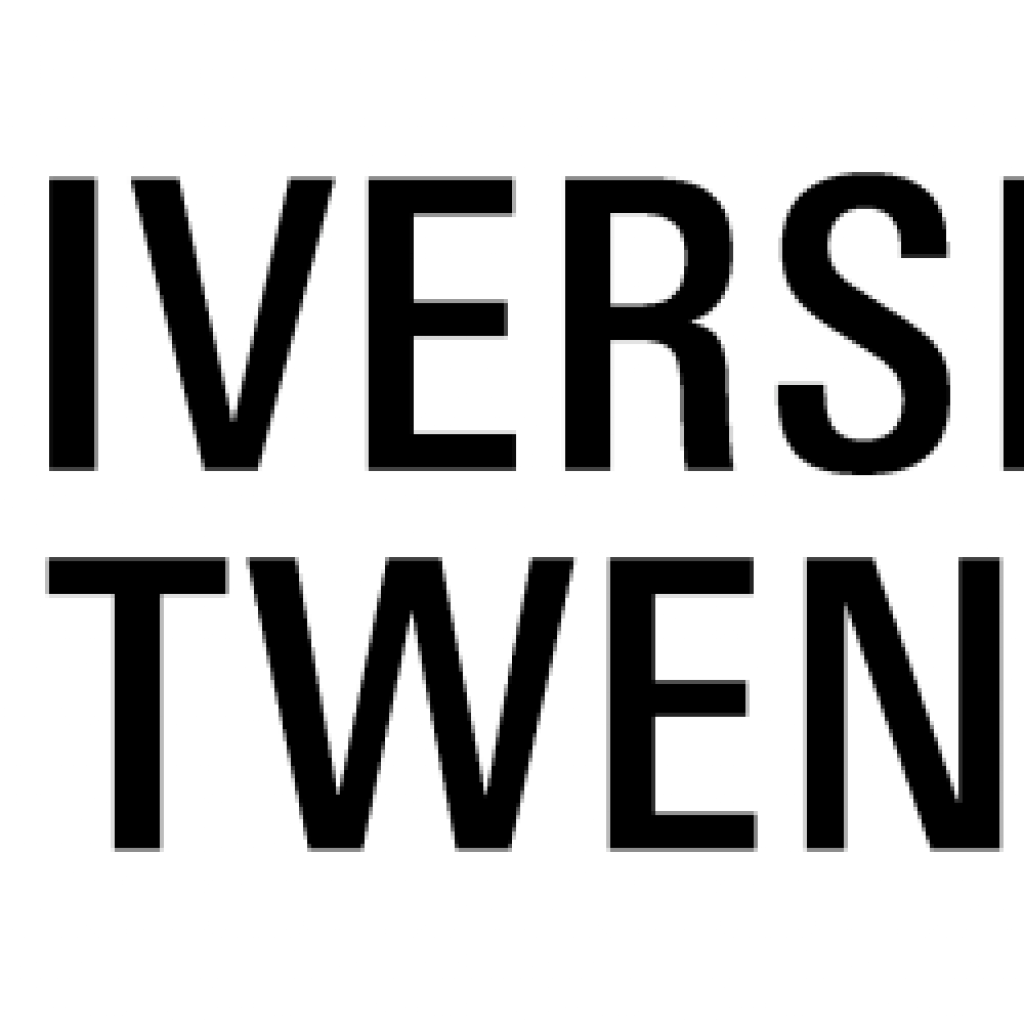(Phys.org) Researchers of the University of Twente have found a new way to protect data from attacks with quantum computers.
Standard QKD systems use single particles of light—photons—that are in one of two possible states, for instance horizontally or vertically polarized. This limits the transmission to one bit per photon. In a sense, the photons are encoded in an alphabet of just two letters: a and b.
Researchers from the UT now increased this number with more than a thousand letters. This increases the resistance against noise and potentially increases the data rate. They achieved this by encoding the quantum information in 1024 possible locations of the used photons. To make it hard for an attacker to see what was sent, they randomly switch the encoding between two different alphabets.
Researchers at University of Twente Use Light to Encrypt Communications
